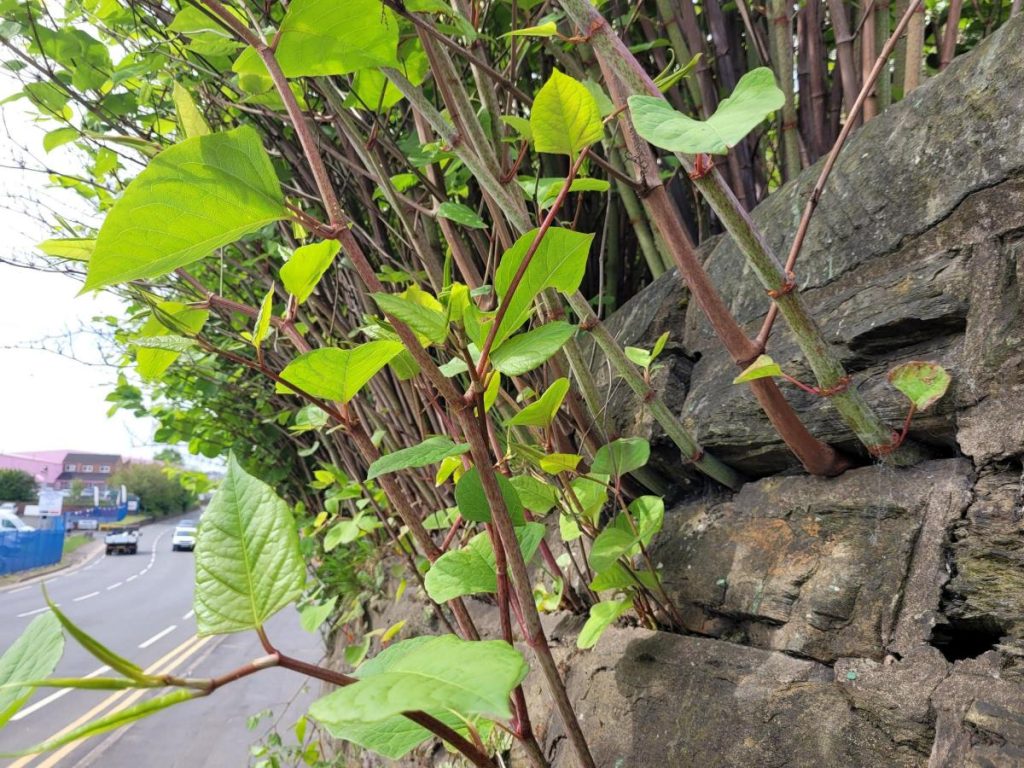The Royal Institution of Chartered Surveyors (RICS) Guidance Note “Japanese Knotweed and Residential Property” is available on the RICS website. Implementation and use of the Guidance Note came into effect from March 2022. It marks a sensible and realistic attitude to what has been seen as a very serious risk to property without due consideration of the location of the plant relative to building structures.

The RICS document marks a significant change in direction in terms of how Japanese knotweed is perceived and how it should be managed, noting that the existing “zero tolerance” approach does not align with weed management generally, where the aim is regular maintenance rather than permanent eradication.
The guidance confirms that Japanese knotweed rarely causes structural damage and has moved away from an analysis by reference to the 7-metre rule, focusing instead on the impact on amenity space, which will be fact-specific and depend on a number of issues including the location of the knotweed and the size of the property.
Eventually, academic research confirmed the reservations expressed over the previous 7-metre rule and reported three metres as being a more appropriate distance to use for the likely spread beyond visible evidence of an infestation.
The guidance clarifies that:
- A surveyor is not required to carry out a plant-by-plant check for Japanese knotweed;
- Potential difficulties in inspection including dense vegetation, boundaries that are difficult to see or access and the date of inspection (whether during growing or dead season) are “fully recognised”;
- There are many reasons why a completely competent inspection might not identify the presence of Japanese knotweed, for example small areas of knotweed could be difficult to see, it could have been cut down or cleared or it could be dormant;
- Only if the knotweed is “clearly visible” on site during a normal inspection, will a surveyor be expected to identify it.
RICS have also produced a flow-chart designed to assist surveyors with their assessment of Japanese knotweed which results in the recommendation of 4 “management categories”. If the knotweed is on site and not causing any visible damage to a structure (which has been recognised as unlikely), then the principal question is whether it is likely to prevent use of, or restrict access to, amenity space. If it does, then category B action is advised, with a recommendation that advice be obtained by the client from a specialist company and, where surveying for a lender, a mortgage retention be established pending the outcome of such advice.
Management Category A: Action means that Japanese knotweed is present and is causing visible material damage to a significant structure. This is likely to affect value because repair and remediation costs will be incurred.
Management Category B: Action means there is no material damage to structures, but that Japanese knotweed is likely to prevent use of or restrict access to amenity space. This may still affect value, but that will be related more directly to the cost of remediation because no structural repairs will be needed.
Management Category C: Manage means that Japanese knotweed is present, but it is not causing damage or affecting amenity. Consequently, the impact on value will be much lower because the structures and amenity of the property have not been adversely affected, and any remediation costs will be at the discretion of the owner.
If there is considered to be no effect on amenity space then category C applies, meaning no action required, although a recommendation to obtain a specialist report to consider future management is advised.
In terms of what qualifies as interference with amenity space, the guidance clarifies that such space is regarded as open areas intended for recreation, leisure or convenience within the boundaries of the property; for example, driveways, lawns and paths. Importantly, where Japanese knotweed is present but not affecting amenity space (for example in an unused flower bed or within the land of a large country estate), it is recognised that there may be no real impact on the value of the property and it should be treated by lenders in the same way that large trees and other plants are treated – i.e., accepted as a normal risk.
In conclusion, while RICS confirm that there is likely to be a diminution in value for category B knotweed, any effect on value for category C knotweed is likely to be relatively slight and limited to the cost of remediation only. This is a significant departure from the previous approach for assessing diminution in value, which was a blanket application for all knotweed found on site.